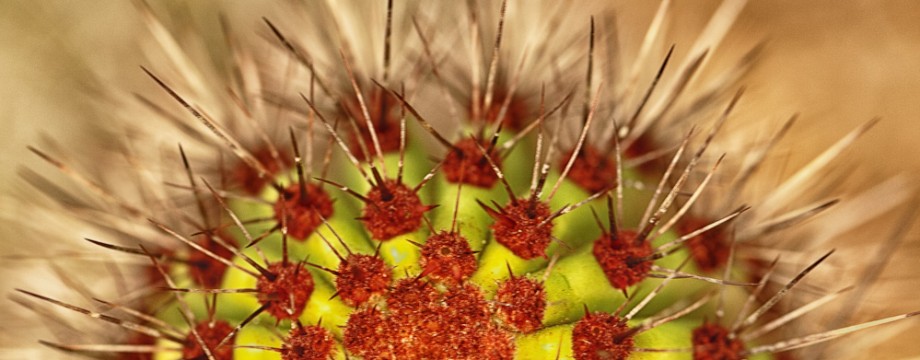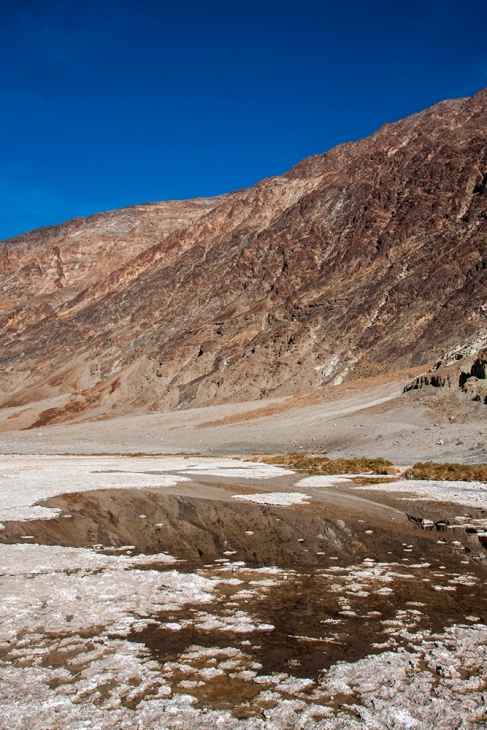
Prairie Rosinweed © 2012 Bo Mackison
The disappearance of a major natural unit of vegetation from the face of the earth is an event worthy of causing pause and consideration by any nation. Yet so gradually has the prairie been conquered by the breaking plow, the tractor, and the overcrowded herds of man…that scant attention has been given to the significance of this endless grassland or the course of its destruction. Civilized man is destroying a masterpiece of nature without recording for posterity that which he has destroyed. ~ John Ernest Weaver, North American Prairie (1954)

Little Bluestem in Tallgrass Prairie © 2012 Bo Mackison
I like to think of landscape not as a fixed placed but as a path that is unwinding before my eyes, under my feet. ~ Gretel Ehrlich

Autumn Macro of Wings and Leaves © 2012 Bo Mackison
. . . the joy of prairie lies in its subtlety. It is so easy—too easy—to be swept away by mountain and ocean vistas. A prairie, on the other hand, requests the favor of your closer attention. It does not divulge itself to mere passersby. ~ Suzanne Winckler (2004, Prairie: A North American Guide)

Prairie Rosinweed © 2012 Bo Mackison
. . . there don’t seem to be words, let alone colors, to do justice to the land and sky-scape that surrounds me . . . as empty as this place can seem, a person might never weary of looking at the land and sky. ~ Kathleen Norris, Introduction to On the Plains (1999)

Achenes and Wings of the Autumn Rosinweed © 2012 Bo Mackison
The sea, the woods, the mountains, all suffer in comparison with the prairie. . . The prairie has a stronger hold upon the senses. Its sublimity arises from its unbounded extent, its barren monotony and desolation, its still, unmoved, calm, stern, almost self-confident grandeur, its strange power of deception, its want of echo, and, in fine, its power of throwing a man back upon himself. ~ Albert Pike (1831-32, Journeys in the Prairie)

Prairie Cup-Plant © 2012 Bo Mackison
A world of grass and flowers stretched around me, rising and falling in gentle undulations, as if an enchanter had struck the ocean swell, and it was at rest forever. . . ~ Eliza Steele, Summer Journey in the West (1840)

Autumn Macro of Little Bluestem © 2012 Bo Mackison
“Grasslands challenge our senses, calling us to open our eyes to impossibly broad horizons and then, in the very next breath, to focus on some impossibly tiny critter hidden in the grass.” ~ James R. Page, Wild Prairie: A Photographer’s Personal Journey (2005)

Above my Head in the Prairie © 2012 Bo Mackison
It seems to be a constant contradiction of itself. It is delicate, yet resilient; it appears to be simple, but closer inspection indicates that it is extremely complex; it may appear monotonous, but it is diverse and ever-changing throughout the seasons. ~ James Stubbendieck (1988)
——————
Bo Mackison is a photographer and the owner of Seeded Earth Studio LLC. Today I offer you a few photographs of the prairie combined with quotations that describe the prairie in America’s Midwest throughout its recent (200 year) history with man. There isn’t much prairie left to see, but whenever I walk in a remnant, I feel awed by the possibility of a prairie that goes as far as the eye can see.
 The Mojave, the smallest of the four North American deserts, is described as a transition desert from the hot Sonoran Desert to the higher Great Basin. Known as “high desert,” the Mojave’s elevation ranges from 2,000 to 5,000 feet. It changes from a cold desert in the northern section and a hot desert in the southern section.
The Mojave, the smallest of the four North American deserts, is described as a transition desert from the hot Sonoran Desert to the higher Great Basin. Known as “high desert,” the Mojave’s elevation ranges from 2,000 to 5,000 feet. It changes from a cold desert in the northern section and a hot desert in the southern section. 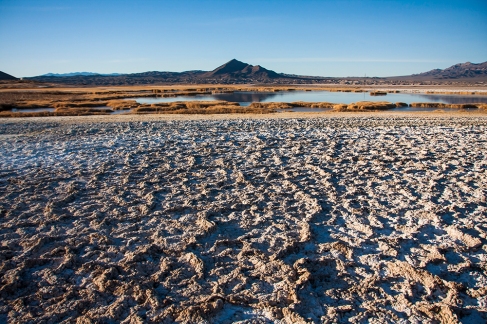 The name Mojave comes from the Native American word “Hamakhaave,” which means “beside the water.” Mojave Native American tribes live on two reservations; one in Arizona and one in California.
The name Mojave comes from the Native American word “Hamakhaave,” which means “beside the water.” Mojave Native American tribes live on two reservations; one in Arizona and one in California.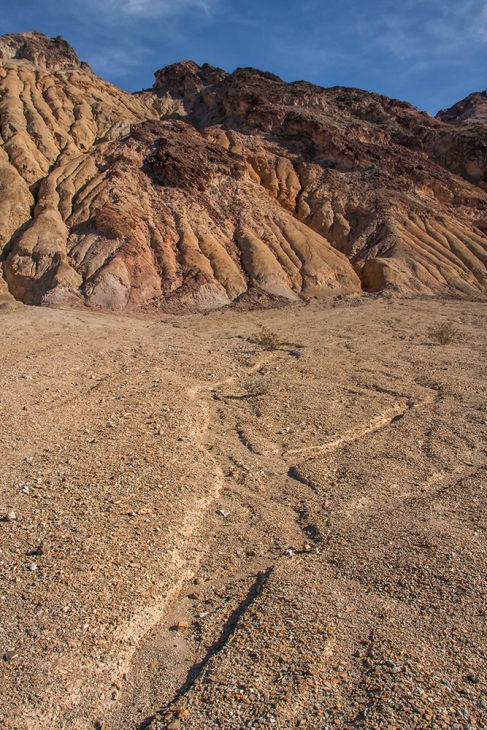 The Mojave Desert is a rainshadow desert, which is an area of dry land on the leeward side of the mountain. High mountains on the west block the movements of wet winter storms. The Mojave has the lowest absolute elevation (282 feet below sea level) and the highest maximum temperature (134 degrees F), it is north of the Sonoran and its average elevations are higher. This results in the average temperatures of the Mojave being lower than those of the Sonoran. Rainfall averages from 2.23 to 2.5 inches a year.
The Mojave Desert is a rainshadow desert, which is an area of dry land on the leeward side of the mountain. High mountains on the west block the movements of wet winter storms. The Mojave has the lowest absolute elevation (282 feet below sea level) and the highest maximum temperature (134 degrees F), it is north of the Sonoran and its average elevations are higher. This results in the average temperatures of the Mojave being lower than those of the Sonoran. Rainfall averages from 2.23 to 2.5 inches a year. 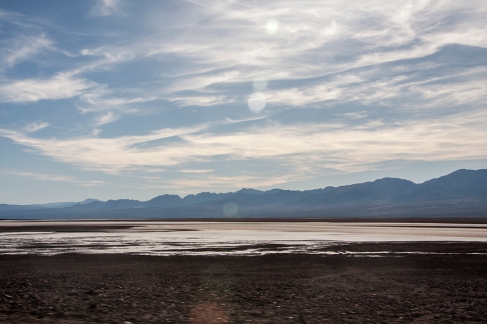 The Mojave Desert is home to more than 200 endemic species. “Endemic” species are organisms that ONLY live in a particular location on Earth and are naturally found nowhere else.
The Mojave Desert is home to more than 200 endemic species. “Endemic” species are organisms that ONLY live in a particular location on Earth and are naturally found nowhere else. 